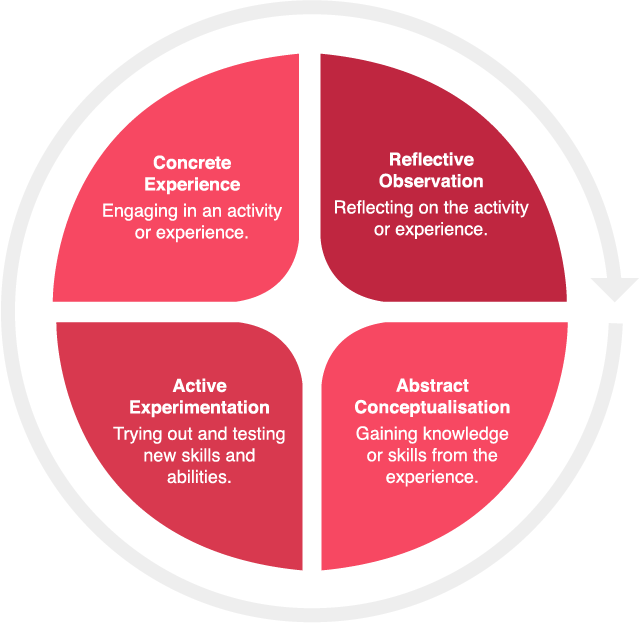Learning Styles
An individual’s learning style refers to the preferential way in which the learner absorbs, processes, comprehends and retains information.
For example, when learning how to set a restaurant table, some students understand the process by following verbal instructions, while others have to physically set the table themselves. Everyone has a mix of learning styles and there is no right mix.
You may have observed staff that have tried to learn something fairly simple, yet failed to grasp the key ideas? Or tried to teach people and found that some were overwhelmed or confused by something quite basic? If so, learning preferences of the learner may not have been considered.
When this occurs, not only is it frustrating for everyone, the communication process breaks down and learning fails.
There are many different learning styles models and questionnaires that can be used to assess individual learning styles. Understanding more about the learners style increases motivation and gives learners a wider range of effective approaches to learning and helps the trainer to organise a stimulating environment for learning.
Kolb was clear that to learn someone needed to go round the full ‘cycle’ to grasp what is being learned.
They can, however, start their journey at any point depending on their learning preference.
They may prefer to watch – Reflectors, Try it out – Activists, Experiment or think about it – Abstract Conceptualisation!!
The model below illustrates this.

Learning Styles
http://www.cipd.co.uk/hr-resources/factsheets/learning-styles-psychology-learning.aspx